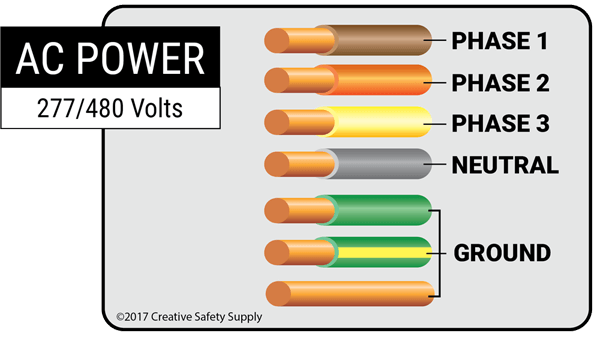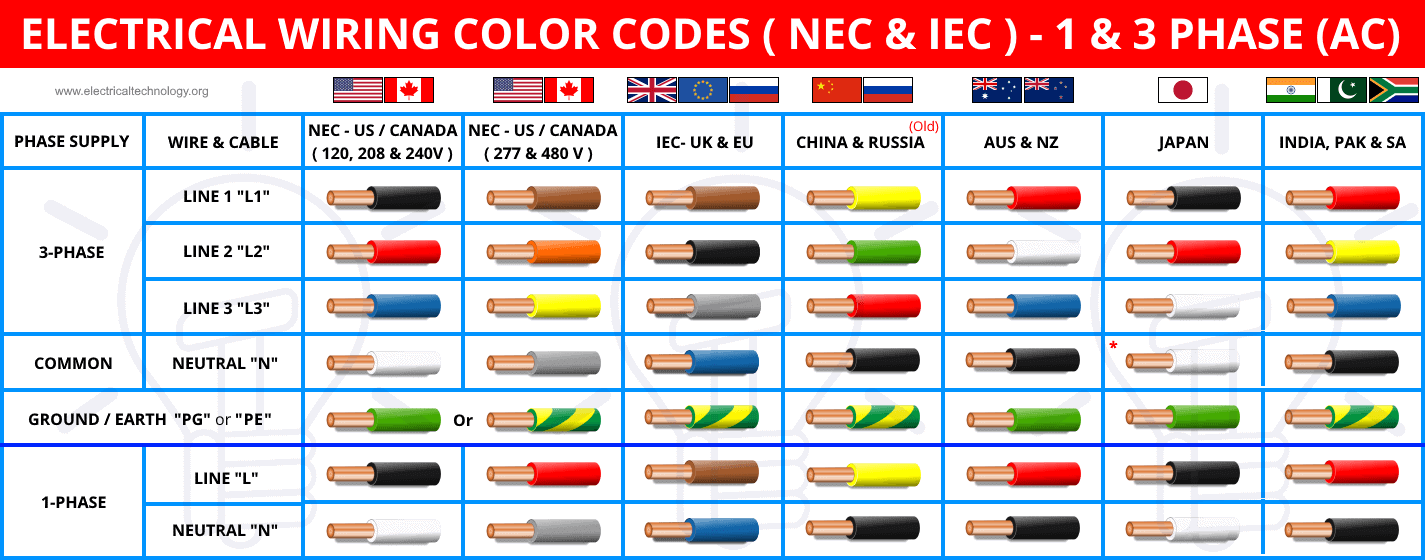
In this case we need to provide an LVDT, a primary excitation, and be able to read back and interpret the secondary output. The other case is being an RVDT/LVDT input. For example, you'd want an RVDT/LVDT simulator to take in excitation and to output the secondary output.

This is advantageous in the case that you're trying to switch from a human operated device to a computer operated device. In many cases you'll be working with existing infrastructure around in LVDT/RVDT and you'll want to simulate an LVDT/RVDT from your digital system. In order to read the “position” of a VDT, you would simply need to take the ratio of secondary coil A to secondary coil B.īefore deployment, you can test LVDT/RVDTs in simulation scenarios, as an example input versus emulator.If the core is moved one way, then one of the secondary coils gets power transferred more efficiently to it than the other secondary coil, and vice versa. A VDT (Variable Differential Transformer) is a type of transformer where there are two secondary coils, and a movable core.You might be asking, can air be a core? Sure! But you get less power transferred to the secondary coil because air is less magnetically permeable than normal core materials, like iron alloys.The core is required to efficiently transfer power from one side to the next. The primary coil uses AC voltage to induce a current in the secondary coil. Transformers normally require 3 parts: a primary coil, a secondary coil, and a core.Operation happens through electromagnetic coupling. LVDTs are operated via AC voltage and do not contain electronics (does not require any electrically contact between moving parts), which allow them to be operated efficiently in harsh environments and temperatures. These transducers are frictionless, sturdy and have great longevity. LVDTs convert linear displacement into electrical signals - from a mechanical reference (zero/null position) to a proportional electrical signal containing phase and amplitude. RVDTs are low-cost, small, reliable, and handle variations in temperature, voltage and frequency very well. To ensure long term operation, RVDTs use contactless electromagnetic coupling and high-resolution repeatable position sensing. When an AC voltage is applied to an RVDT, the output voltage versus shaft angular displacement (transfer function) will be linear over a specific range of displacement.

The RVDT has both a rotor, that is turned by external force, and an electromechanical transducer capable of outputting alternate (AC) current voltage that is commensurate to rotor shaft angular displacement. RVDT is a Rotary Variable Differential Transformer. It measures absolute linear displacement. LVDT is an acronym for Linear Variable Differential Transformer. LVDT/RVDT Tutorial Reference Guide QUICK LINKS


 0 kommentar(er)
0 kommentar(er)
